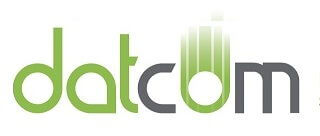Shadow processes are processes at your company that don’t officially exist. They are tasks and activities that you won’t find written in any procedure manuals and cannot be tracked by company software. It’s what your employees do to “get things done.” Shadow processes can be mundane or outright irresponsible. From using software in an unintended way to forging a timestamp to boost a quota, shadow processes are ad hoc decisions by your workers on the ground that obscure the picture for business leaders.
Some shadow processes can result from office politics or preferential treatment, such as when a worker does a favor for a friend in another department, or when pulling someone aside in the hallway to persuade them. These “backchannel” processes render it even more challenging for leaders to optimize the business.
Of course, these shadow processes may seem justified at the time because they allow your workers to drive forward and accomplish their work. But when it’s time to report on business activities, workers may have to double down on their decision and falsify their information. Workers may even take pride in not doing things by the book, but it’s important to stress in training and regular meetings that it could have a negative impact on overall efficiency, even if it speeds processes up in the present. Not only is it bad for the organization, it can also come back to bite the employee.
Some sources define shadow processes as anything that doesn’t produce trackable data. When a company uses various unintegrated software programs to accomplish a task, it’s a bit harder to track exactly what happened. Bringing systems together and streamlining work with automation, like Data Processing Automation (DPA) can bring visibility to more work processes and make it easier to make improvements to your business processes.
But even if you don’t use automation, the task of observation in business process optimization can allow you to see how the work gets done on the ground. In some cases, the shadow process may give insight into how to improve documented procedures for greater efficiency.
What are some practical ways to bring visibility to work processes at a business?


